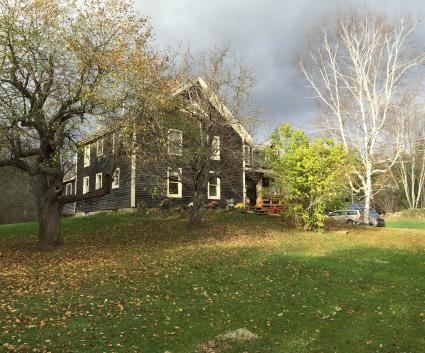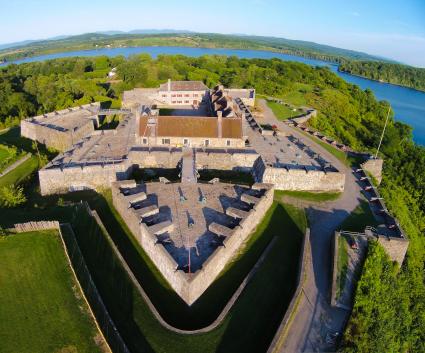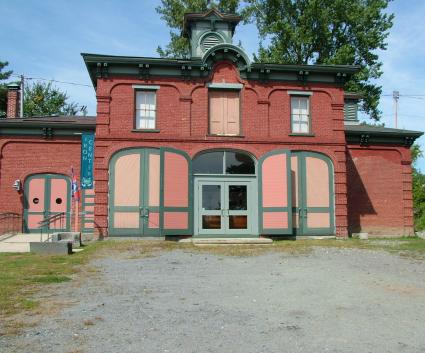As I began reading snatches of history regarding the activities of Benedict Arnold during the Revolutionary War (mid-to-late 1770’s), I began to rethink my so-called “knowledge” of the man. For many Americans, his name is synonymous with traitor and that’s where it ends. Had he not turned his loyalties to the British around 1779, his name might easily mean hero to those same Americans. He certainly was a busy soldier during the time of the Revolutionary War on the side of the Patriot Cause. At the time the war broke out, he was 34; very ambitious, adventurous, with some shrewd military knowledge under his belt.
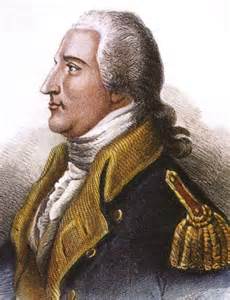
The Only Sanctioned Plan
He had spent some time in the militia during the French and Indian War, gaining skill as a military leader and first-hand knowledge of fortifications along Lake Champlain. After the skirmishes at Lexington and Concord in April of 1775, Patriot forces considered more aggressive action against the British. They suspected the British would attempt to sever New England from the rest of the colonies by controlling the “blue highway” aka Lake Champlain. Arnold was aware Americans were in need of armaments. He knew of the cannon and artillery at Fort Ticonderoga which was under British command. He approached the Massachusetts “Committee of Safety” with a plan to capture Fort Ticonderoga, secure that strategic point along Lake Champlain from British advancement and acquire quite a stockpile of weapons for the Patriots. Arnold’s plan was sanctioned by the committee. He was granted a Colonel Commission and given the written authority to proceed.
Ethan Allen and the Green Mountain Boys
Meanwhile, Ethan Allen, a land speculator and ardent Patriot, had the same idea; to capture Fort Ticonderoga. Though Arnold had authority in writing, Allen had the manpower to pull it off; about 100 Green Mountain Boys and 40 some men newly recruited specifically for the Fort Ticonderoga raid. Allen and the Green Mountain Boys were several miles north, ahead of Arnold on the way to Fort Ticonderoga. When Arnold learned of their mission, he raced feverishly to catch up with them. Some accounts claim he destroyed a horse in the process. Arnold and Allen connected in Castleton, VT where the bumping of heads for command and leadership began.
Both strong-willed leaders, they vied for command, but Arnold’s sanction was not to be recognized by the Green Mountain Boys who wanted no commander other than Ethan Allen. They insisted that they would go home rather than serve under anyone but Allen. Apparently, an agreement was worked out, but no one seems to know what the terms of that agreement were. Some reports claim that, according to Arnold, he was given joint command of the operation, but others speculate he was merely given the right to march next to Allen. Regardless, together they began to formulate a plan of attack.

Dawn Raid
An early dawn raid was planned and all men continued north through Vermont. The plan was to approach Fort Ticonderoga under cover of darkness, crossing Lake Champlain by boats that Allen had arranged to meet them on the Vermont shore. Once across the lake, they would execute their attack at dawn - anticipating most of the small British detachment occupying the Fort would be asleep.
Not all the boats to carry them across the lake arrived at one time. There simply wasn’t enough room for all the men. They were concerned that they would lose their darkness advantage. Rather than wait for the remaining boats, they moved forward with what men they could carry. Allen sent his Captain, Seth Warner, and the remaining detachment of troops on to capture His Majesty’s Fort at Crown Point, 13 miles to the north.
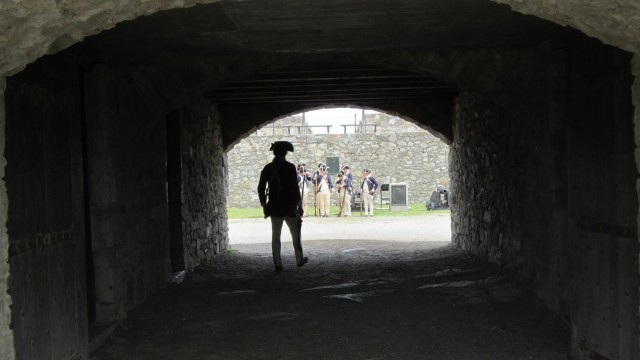
Fort Ticonderoga in May of 1775
The British had occupied Fort Ticonderoga since 1759. They had taken over the fort from the French when it was called Fort Carillon. The British renamed this military base Fort Ticonderoga, perhaps in recognition of their Iroquois allies. Fort Ticonderoga can be translated as “fort between two waters.” It is located between the waters of Lake Champlain and Lake George. In 1775 the fort was garrisoned with a small detachment of British soldiers consisting of two officers and 46 men, many of which were invalids or suffered illness or injury. It is reported that twenty-five women and children were also living there.
At the time of Arnold and Allen’s planned raid, May 10th, the garrison was unsuspecting. They had yet to hear of the skirmishes at Lexington and Concord that had occurred three weeks prior; which would have put them more on alert. The raiders hoped to find the soldiers unprepared and soundly asleep at dawn; which is fundamentally what happened according to historical accounts. Surprising the only sentry on duty at the south gate, they rushed the fort. Though he tried, the sentry’s gun misfired, and the Patriots were in the door. Allen and Arnold advanced into the Fort and up the stairs to the location of the Officer’s Quarters. There they banged on the door and demanded surrender; which they got.
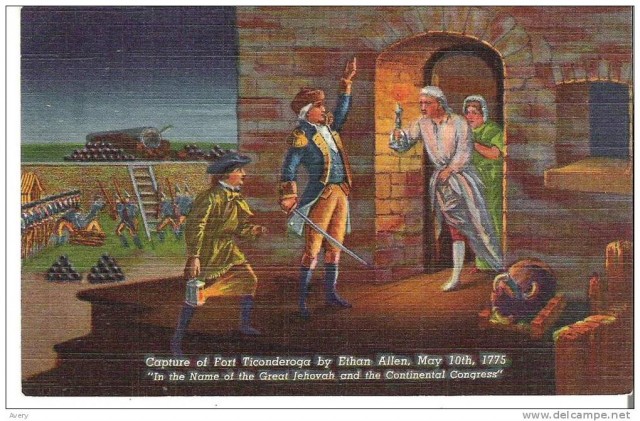
America’s First Victory
After the surrender, it was reported the Green Mountain Boys began to loot the possessions of the British soldiers. They broke into the fort’s casks of rum and it became “party time.” They proceeded to celebrate their victory and live up to their reputation as a rowdy, rough and tumble bunch of frontiersmen. Perhaps possessing a bit more civility, it is described that Arnold attempted to restore some order to this rowdy bunch of celebrants; at times under threat to his life and health.
This was “America’s First Victory” in the Revolutionary War. It was a major triumph; accomplished without casualties. This capture of Fort Ticonderoga supplied the Americans with a large collection of artillery reported to include 78 cannons, 3 howitzers, 6 mortars and supplies of cannon balls, powder and flints; all armaments that the Americans had in short supply. Once the word was out, this triumph boosted the morale of the rebel Patriots. Americans now had a substantial supply of artillery and had gained control over the potential British invasion route from Canada. Eager to have the spotlight, Ethan Allen stepped forward to claim all credit. Many saw him as a hero. Benedict Arnold did not receive equal recognition. This may have begun igniting some of his resentment for the Patriotic Cause. However, he did press forward to achieve many significant victories for Americans throughout the revolution.
Experience a bit of history for yourself
Learn more about Arnold’s activities along the Adirondack Coast during the Revolutionary War. Follow his footprints at Fort Ticonderoga and Crown Point State Historic Site. While enjoying the “blue highway” of Lake Champlain and taking in the surrounding scenic beauty, send a thank you to all American heroes for the freedom we have today.







